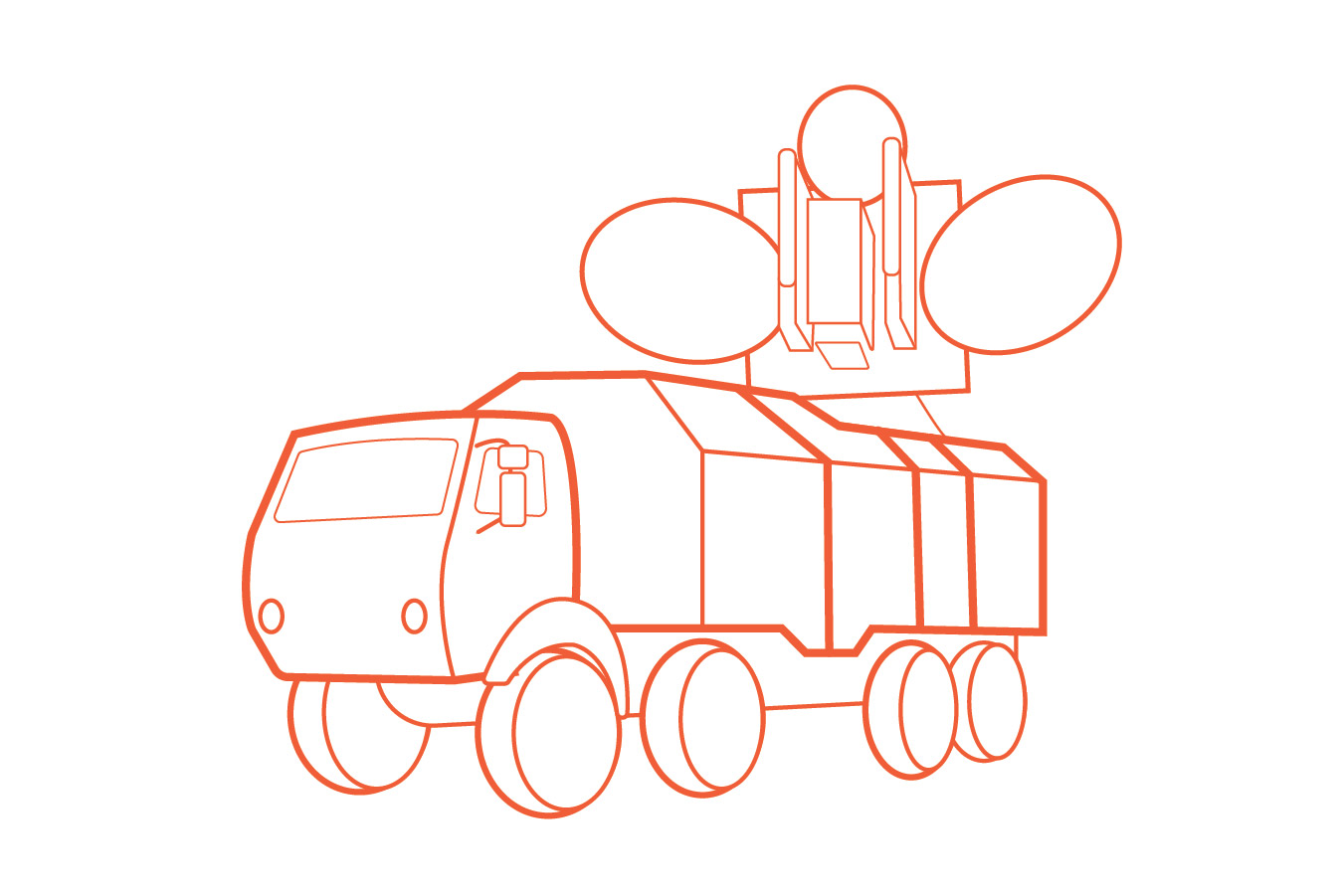The Way Ahead

In crises between nuclear powers, the nuclear shadow will loom large. The emerging situational awareness (SA) ecosystem can create new risks but can also ameliorate them depending on how these capabilities are used and communicated. Indeed, finding a balance between risk and benefit in such a complex security environment while also maximizing the value of information to terminate a crisis or conflict on favorable terms will not happen automatically. This environment will also require new perspectives on the value and risks associated with information dominance and its impact on nuclear crises. Information dominance has been essential to ensuring U.S. military effectiveness, but in a combined conventional/nuclear ecosystem involving conflict between nuclear-armed adversaries, the picture is far more complex.
In the emerging strategic SA ecosystem, new technologies are transforming the way information is collected, analyzed, and acted upon during competition between rival states. The growing reliance on technology across the spectrum of conflict means decisionmakers will have to grapple with enormous amounts of information from widely varying and potentially unfamiliar sources and on compressed timeframes. This increasingly combined strategic SA ecosystem, including a wide array of SA technologies, along with critical enablers, can create uncertainty in the conventional and nuclear space that could create escalatory risks under crisis scenarios. Advances in numerous technologies, however, have vastly increased the importance of SA for conventional conflict, including through remote sensing, global positioning system (GPS) navigation, internet communications, cyber capabilities, and remotely piloted unmanned vehicles, among others. Today these systems are substantially more capable, but the increased speed and precision is accompanied by a lack of firebreaks that could slow crises from escalating to nuclear conflict.
The transformational nature of the strategic SA landscape suggests a second look is necessary to consider the risks these emerging capabilities may introduce as well as and the challenges they may pose for policy professionals, especially when employed in a crisis or conflict between nuclear-armed states. To effectively manage crisis escalation, decisionmakers must understand how the strategic SA ecosystem has evolved, appreciate the dynamic relationship between improved strategic SA and crisis stability, and recognize the complex interplay between technology, escalation, and decisionmaking. This report has tried to take an initial step toward that reconsideration and examine the characteristics of this new environment and its implications.
Download full The Way Ahead_6

